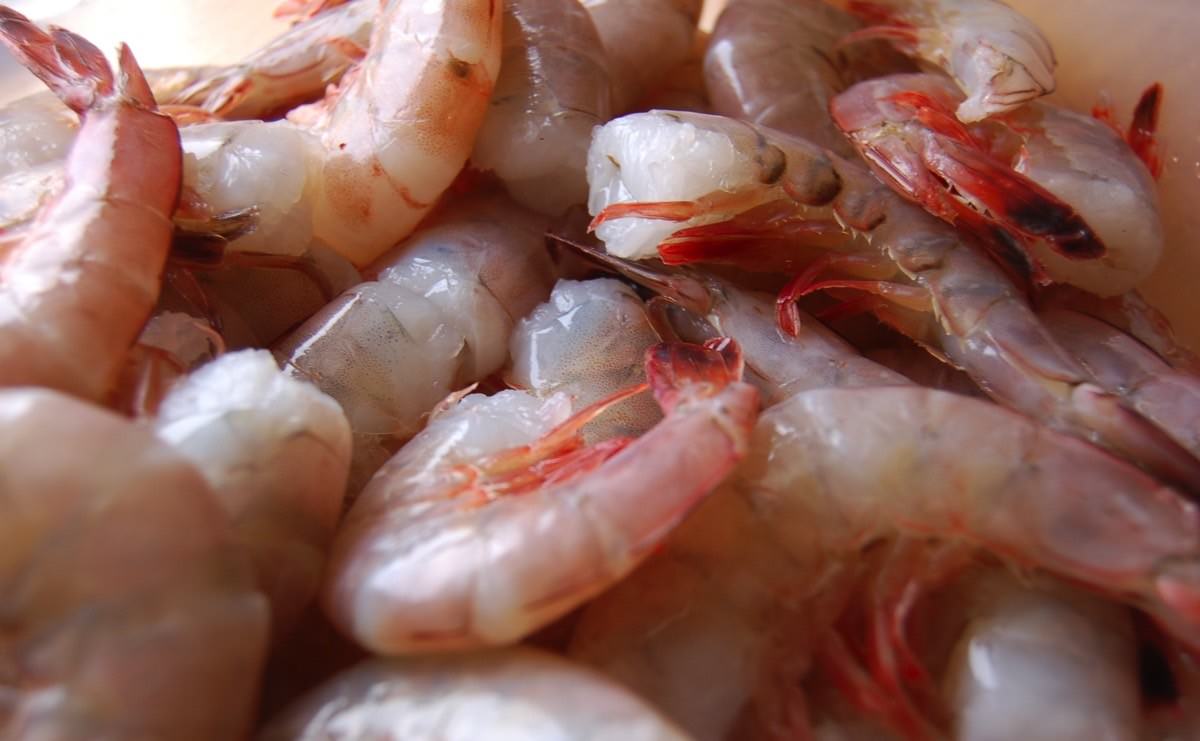Buy domestic. It's better for the planet, better for the country, and better for your palate.

Most of our shrimp is imported from farms in Thailand, China, the Philippines, Ecuador, and Brazil, among other countries. These have varying levels of acceptability; a handful use very responsible recirculating systems, but the vast majority are spectacularly gross. Organic waste, antibiotics, and various chemicals (largely and ironically for sanitary purposes) leach into the groundwater and pollute the nearby waterways. Escapees from the farms also breed, forcing out native species and screwing with the local ecosystems. Costco is even currently embroiled in a scandal for selling Thai shrimp that’s produced, in part, with slave labor. There’s no end of reasons to be wary of cheap imports.
Yet international farming remains the most popular choice to supply our demand, despite that in the Gulf of Mexico we have our own historic, high-quality shrimp industry. In Louisiana and Texas, shrimpers have been pulling in world-class white, brown, and pink crustaceans for generations. Soon enough, that might end. Year over year, prices have dropped an absurd amount; Louisiana shrimpers told The Advocate that their at-dock prices dropped from about $4.70 per pound last year to $1.30 this year. This summer, right up to this week, domestic shrimpers have begun protesting at a higher pitch, demanding stricter regulations, presumably in the form of tariffs, to protect domestic shrimp and block the imported stuff.
Despite the slightly higher price for domestic wild shrimp, they are better for consumers, at least those who care about the planet. The Monterey Bay Aquarium’s Seafood Watch, the largest seafood watchdog group in the country, rates domestic shrimp as near-universally superior in sustainability to imported, and fishmongers also note that the organic domestic product tends to be the tastiest, as well.
Domestic shrimp catch is also down year over year. For the month of June, the Gulf catch is roughly half of what it was in the previous June, according to the Southern Shrimp Alliance. That’s due partly to some lingering effects of 2010’s Deepwater Horizon oil spill, but also because market pressures from imported shrimp and high gas prices have forced many Gulf shrimpers out of the market entirely. Bad news for them, and bad news for all of us shrimp-lovers.